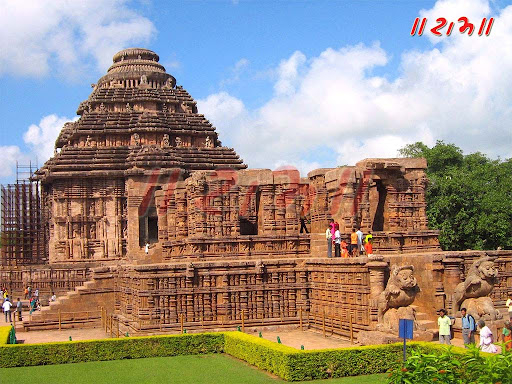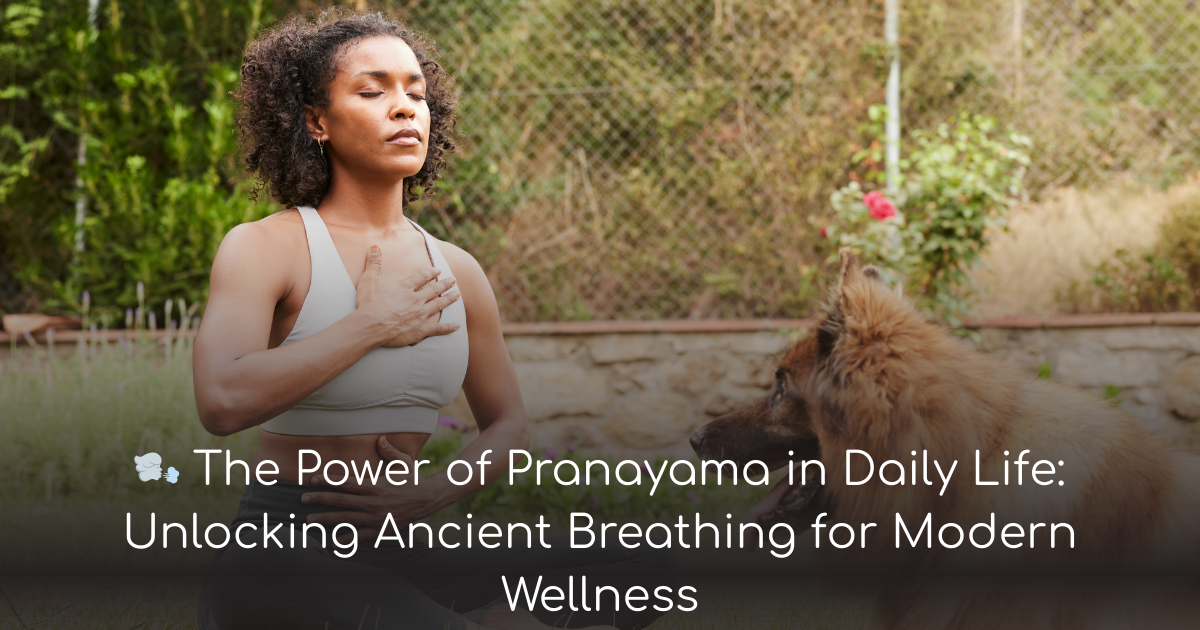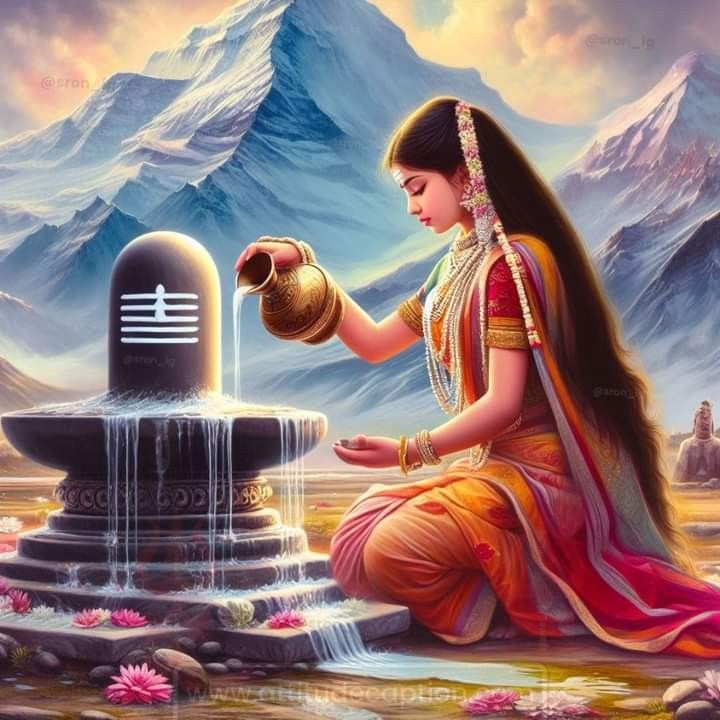7 arcane insights into the sacred realm of yamunotri dham!

Discover Yamunotri’s spiritual wonders, travel tips, and rituals in this ultimate guide. Plan your divine pilgrimage to the sacred source of the Yamuna.
Yamunotri – Sacred Source of the Yamuna and Spiritual Gem of the Himalayas
(Part 1)
Introduction
Nestled in the serene Garhwal Himalayas, Yamunotri stands as the sacred source of the revered Yamuna River. As one of the four Char Dham pilgrimage sites in Uttarakhand, India, Yamunotri holds immense spiritual significance for devotees seeking purification and salvation. This tranquil abode offers not only a spiritual retreat but also a chance to immerse oneself in the breathtaking beauty of the Himalayas.
In this comprehensive guide, we delve into the rich history, spiritual significance, and practical travel tips for Yamunotri, ensuring a fulfilling and memorable pilgrimage.
Table of Contents
-
Yamunotri Temple: A Sacred Abode
-
Mythological Significance of Yamunotri
-
The Journey to Yamunotri: Routes and Accessibility
-
The Trek to Yamunotri: An Adventurous Pilgrimage
-
Best Time to Visit Yamunotri
-
Divya Shila: The Sacred Rock
-
Surya Kund: The Thermal Spring
-
Nearby Attractions
-
Accommodation Options
-
Travel Tips and Precautions
1. Yamunotri Temple: A Sacred Abode
The Yamunotri Temple, dedicated to Goddess Yamuna, is the focal point of the pilgrimage. Constructed in the 19th century by Maharaja Pratap Shah of Tehri Garhwal, the temple stands at an altitude of 3,293 meters, offering panoramic views of the surrounding peaks. The temple's architecture reflects the traditional Garhwali style, with a conical roof and intricate carvings.
2. Mythological Significance of Yamunotri
According to Hindu mythology, Yamuna is the daughter of the Sun God, Surya, and the sister of Yama, the God of Death. Bathing in the Yamuna is believed to cleanse sins and protect from untimely death. The Yamunotri Temple marks the origin of the Yamuna River, making it a vital site for spiritual purification.
3. The Journey to Yamunotri: Routes and Accessibility
Reaching Yamunotri involves a combination of road travel and trekking:
-
By Air: The nearest airport is Jolly Grant Airport in Dehradun, approximately 210 km from Yamunotri.
-
By Rail: The closest railway station is Dehradun, well-connected to major cities.
-
By Road: From Dehradun, one can drive to Janki Chatti via Barkot. Janki Chatti serves as the base for the trek to Yamunotri.
4. The Trek to Yamunotri: An Adventurous Pilgrimage
The trek from Janki Chatti to Yamunotri spans about 6 km, traversing rugged terrains, dense forests, and scenic landscapes. Pilgrims can choose to walk, hire ponies, or use palanquins. The trail is dotted with rest stops and eateries, ensuring a comfortable journey.
5. Best Time to Visit Yamunotri
The ideal time to visit Yamunotri is between May and October, coinciding with the temple's opening on Akshaya Tritiya and closing on Yama Dwitiya (the second day after Diwali). The weather during this period is conducive for travel and trekking.
6. Divya Shila: The Sacred Rock
Before entering the Yamunotri Temple, devotees offer prayers at Divya Shila, a sacred rock pillar believed to be the seat of the deity. This ritual is an integral part of the pilgrimage, symbolizing reverence and devotion.
7. Surya Kund: The Thermal Spring
Adjacent to the temple lies Surya Kund, a natural hot water spring with temperatures around 88°C. Pilgrims cook rice and potatoes in the spring, which are then offered to the deity and later consumed as prasad.
8. Nearby Attractions
-
Hanuman Chatti: A confluence point of the Hanuman Ganga and Yamuna rivers, serving as a base for treks to Dodi Tal.
-
Kharsali: Known for its ancient Shani Dev Temple and scenic beauty.
-
Saptarishi Kund: A glacial lake considered the actual source of the Yamuna, accessible via a challenging trek.
9. Accommodation Options
While Yamunotri has limited accommodation facilities, nearby towns like Barkot and Janki Chatti offer guesthouses, lodges, and dharamshalas catering to various budgets.
10. Travel Tips and Precautions
-
Health Check: Consult a physician before undertaking the trek, especially if you have health issues.
-
Acclimatization: Spend a day at Janki Chatti to acclimate to the altitude.
-
Packing Essentials: Carry warm clothing, rain gear, first-aid kit, and necessary medications.
-
Respect Nature: Maintain cleanliness and avoid littering to preserve the sanctity of the place.
Let’s continue the rest of the signs and the action plan in Part 2 – you don’t want to miss it!
Yamunotri – Sacred Source of the Yamuna and Spiritual Gem of the Himalayas
(Part 2)
11. Religious Rituals and Practices at Yamunotri
The spiritual energy of Yamunotri is deeply intertwined with its age-old rituals. Pilgrims begin their day with a holy dip in the Yamuna River, followed by offering cooked rice from Surya Kund to Goddess Yamuna. Rituals like Abhishek, aarti, and bhajans are performed daily at the temple.
Special offerings include:
-
Cooked rice wrapped in cloth (prepared in Surya Kund)
-
Milk and seasonal fruits
-
Flowers and diyas during evening aarti
The belief is strong that sincere prayers to Goddess Yamuna at Yamunotri relieve one from the cycle of rebirth and protect from premature death.
12. Yamunotri During Char Dham Yatra
Yamunotri marks the first stop in the Char Dham Yatra, followed by Gangotri, Kedarnath, and Badrinath. This sacred circuit symbolizes the journey of the soul—from cleansing and purification (Yamunotri & Gangotri) to divine wisdom and liberation (Kedarnath & Badrinath).
Many begin their spiritual journey from Yamunotri as it represents life's gentle beginning, just as the Yamuna flows tenderly through the Himalayas.
13. Festivals Celebrated at Yamunotri
Akshaya Tritiya
The temple opens on this auspicious day in April-May. The idol of Goddess Yamuna is brought from the Shani Dev Temple at Kharsali, accompanied by rituals and celebrations.
Yama Dwitiya (Bhai Dooj)
The temple closes for winter on this day, usually in October or November. Devotees celebrate the sibling bond between Yama and Yamuna.
Other festivals include:
-
Janmashtami
-
Diwali
-
Navratri, with special pujas and decorations in the temple
14. Cultural Significance of Yamunotri in Hinduism
Yamuna is not just a river; she is a divine mother in Hindu belief. Her importance is evident in ancient scriptures like:
-
Rigveda – where she is invoked for purification
-
Skanda Purana – which details the origin of Yamunotri
-
Padma Purana – glorifying the spiritual merit of visiting her source
Legends tell that bathing in the Yamuna grants moksha (liberation) and brings one closer to divinity. This cultural heritage is carried forward by sadhus, local priests, and pilgrims alike.
15. Eco-Spiritual Importance of Yamunotri
Besides its religious value, Yamunotri is a sensitive ecological zone. The region is home to:
-
Rare alpine flora
-
Himalayan wildlife like the musk deer and snow leopards
-
Pristine glaciers and rivers
Efforts by local authorities and NGOs aim to:
-
Promote eco-tourism
-
Discourage plastic use
-
Encourage green trekking
Pilgrims are encouraged to practice “Yatra with Dharma”, by protecting the purity of the land and the river.
16. Local Legends and Stories Around Yamunotri
Among the local tales:
-
Asit Muni, a sage who lived in Yamunotri, bathed daily in both the Ganga and Yamuna. In his old age, when he could no longer travel, the Ganga is said to have appeared next to the Yamuna to bless him.
-
Another belief says the boiling waters of Surya Kund reflect the Sun God’s warmth, sent for his daughter Yamuna to stay warm in the cold climate.
These stories inspire reverence and deepen the emotional bond pilgrims feel toward Yamunotri.
17. Local Food, Culture, and Traditions
Yamunotri’s local culture is deeply spiritual and simple. The people of the Garhwal region are warm-hearted and hospitable.
Local cuisine includes:
-
Mandua (finger millet) rotis
-
Pahadi dal
-
Aloo ke gutke (spicy potatoes)
-
Hot chai served in traditional copper tumblers
Cultural elements include:
-
Garhwali music and folk dance
-
Traditional woolen garments
-
Temples and shrines built with stone and wood
18. Nearby Temples and Spiritual Spots
While in Yamunotri, don’t miss visiting:
-
Shani Dev Temple in Kharsali – where the idol of Yamuna is kept in winter
-
Hanuman Temple in Hanuman Chatti
-
Lakhamandal Temple – associated with the Mahabharata
-
Saptarishi Kund – though challenging, this trek leads to the glacier-fed lake considered Yamuna’s true source
19. TravelEscape for a Hassle-Free Yamunotri Yatra
Planning a spiritual trip in the Himalayas isn’t easy—but it can be!
👉 Head to www.travelescape.me for:
-
Trusted travel guides
-
Customizable Char Dham itineraries
-
Trekking and safety tips
-
Accommodation options
-
Expert blogs from experienced travelers
✅ Make your Yamunotri Yatra safe, soulful, and stress-free with TravelEscape.
20. Final Thoughts: The Divine Whisper of Yamunotri
Yamunotri is not just a pilgrimage—it is a spiritual transformation. In the crisp mountain air, amidst chants and chimes, one finds the kind of peace the world can’t offer.
As the gentle Yamuna flows, she whispers tales of sages, gods, and seekers. In her waters lie not just purity, but the promise of spiritual awakening.
🌸 Reader’s Message & Call to Action
If this blog helped ignite a spark of devotion or a desire to visit Yamunotri, share it with your family and friends. Let the divine energy ripple through your circle.
🙏 Are you ready to walk the sacred trail and embrace the blessings of Goddess Yamuna?
✨ Begin your soulful journey today. Let Yamunotri cleanse your mind, body, and soul.







